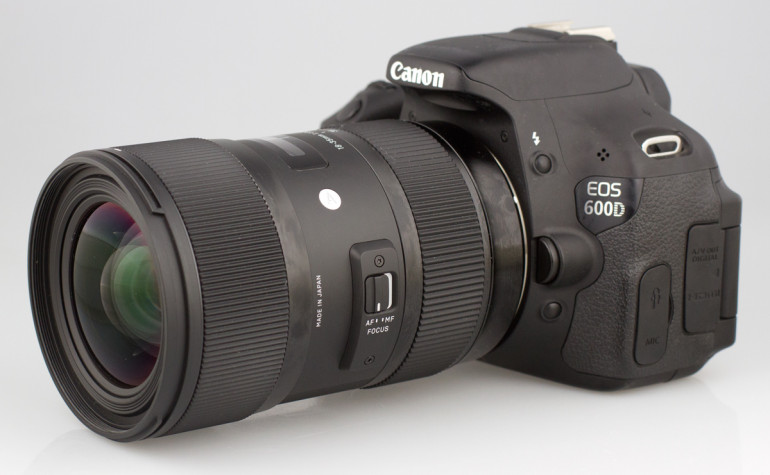
Sigma 50-10mm f/1.8 ART (Good for closeups, dramatic shots or capturing a subject from a distance). Sigma 18-35mm f/1.8 ART (I bought this one for $799 in 2013, but now it’s discounted to only $609). On any given short film project I find these two lenses pair well: Between the two telephoto lenses you are covered for most shots. The 50-100mm f/1.8 ART is the perfect companion to the 18-35mm. Sigma’s zoomier big brother on a RED Scarlet-W shooting a scene in Mendocino, California. But in this case, after shooting for seven years with the Sigma ART, I do believe it to be true. I’m not one to traffic in wanton, tremendous hyperbole. “The 18-35mm delivers such extraordinary results in studio testing that it barely seems believable.” Not that many of its peers or almost twice and even almost three times the price.Īnd DPReview had this to say in their review: Well-respected imaging review site DXOmark scored the Sigma 18-35mm at the top its class. Yet, somehow with this Sigma you can, as they say, have your cake and eat it too. Most often with zooms you sacrifice aperture or image quality or both in exchange for being able to get a closeup shot in a moment’s notice. With, in my view, prime level performance. Beautifully designed, all for a price that belies its stellar performance. My favorite all-time lens for shooting video: Sigma 18-35mm f/1.8 ART. 
But for narrative, music videos, short films and the like I’ve found this Sigma lens on my camera about 90% of the time. Same too for most live concert situations. No, this probably isn’t the right lens for shooting wildlife or landscapes where many times you’ll want dramatic close-ups.
While 18-35mm isn’t the most flexible in the world it does provide enough range in most circumstances. Build quality is outstanding - built like a tank, with heft to match, which I like. 1.8 aperture means it can let in lots of light when needed. Bokeh is pretty and even “painterly” (so Loni Stark tells me). There’s a few reasons why I love shooting video with this lens: So now I find myself almost always using either (a) a set of Rokinon primes or, most often, (b) the Sigma 18-35mm. These days, however, we’ve shifted and do less run-and-gun and more set pieces. I was more interested in capturing the story, the moment and the final edit. Through most of that journey I just settled for plain old zoom kit lenses. 
In recent years we found ourselves using the Panasonic GH5 a lot as it brings all the filmmaking tools you’d want (histogram, dual SD slots, focus peaking, zebras, log, etc.). While then I couldn’t stretch for the $3,000+ asking price I instead opted for the much cheaper APS-C sensor line from Canon: EOS 60D to a 70D and eventually to an 80D.
SIGMA 18 35MM F 1.8 1080P
When the DSLR Revolution began in earnest in 2008 with the ground-breaking Canon EOS 5D Mark II - 1080p video! - I dove in headlong.

I’ve been shooting video, short films, experimental bits for Stark Insider since about 2004. Even after all theses years, my favorite do-it-all lens for shooting video is the Sigma 18-35mm f/1.8 ART.







 0 kommentar(er)
0 kommentar(er)
